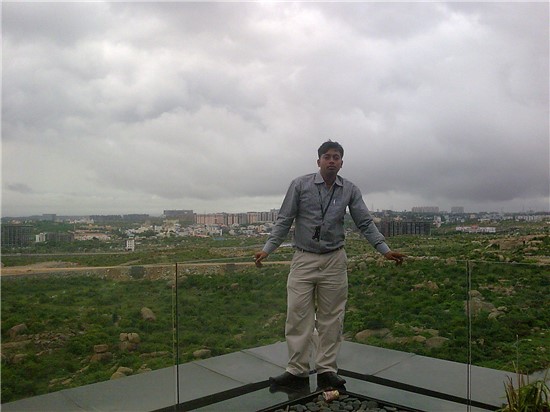
Life after college had become painfully routine. Inflation delayed my joining Cognizant, and when I finally did start working, I got completely lost in the corporate crowd. My days were a loop of office work and sleep. Weekends were spent at bars with colleagues, complaining about how dull our lives had become.
Then, something happened that flipped my world upside down: I trekked beyond Roopkund.
Though I grew up in the foothills of the Himalayas in the small town of Jaigaon, right on the Bhutan border, I had never gone this high into the mountains. A multi-day trek into the remote wilderness was a dream I’d always had, but I could never make it happen during my student years. Now, I was earning my own money—and suddenly, that dream felt possible. I secured a 12-day leave, packed my rucksack, and set off without knowing how deeply this trek would change me.
Luckily, I was joining a group of seasoned Himalayan trekkers, which made things easier. After two days of travel from Chennai to Lohajung, we hit the trail on Day 3—and from that moment on, the mountains kept surprising me.
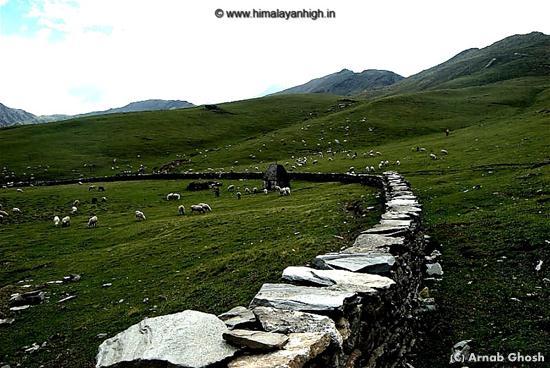
All trek photos by Arnab Ghosh. I didn’t own a camera then—buying one became my first mission after this trek!
What did I expect from a trek? Maybe a stroll through alpine forests, some scenic meadows, and mountain views. But this journey gave me so much more: lush Himalayan meadows, the eerie mystery of the Skeletal Lake, crossing Junargali Pass at over 5,150 meters, scrambling over boulder-strewn glaciers, trudging through a blinding snowstorm in a white-out ravine… and even witnessing China’s mad rush for Keeda Jari—the Himalayan “viagra.” Experiencing all this on my very first trek felt unreal. It set a high bar for every future adventure.
The Bugiyals—high-altitude meadows—were the first wonders to greet us after trekking through the dense alpine forests of the Nanda Devi Biosphere. The first day was exhausting under the weight of a heavy rucksack, but things began to ease by the second day. By the third day, which was our toughest yet, I felt stronger than ever, even as we tackled Junargali Pass after crossing Roopkund. My body adapted in ways I never imagined possible—perhaps thanks to a restful day at Sheela Samudra.
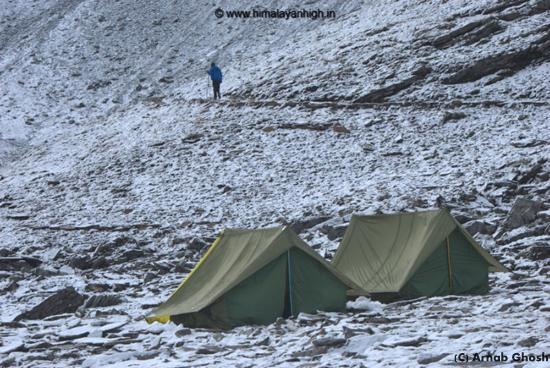
I’ve always loved the wilderness, and on this trek, I felt truly alive. Day 2’s route through Patthar Nachauni, Kalu Vinayak, and up to Baghuabasa was tough. My teammates worried about whether I’d manage—but I knew I would finish it, no matter what. As if to reward us for the day’s hardships, it snowed the moment we arrived at Baghuabasa. My exhaustion melted away in the falling snow.
While the sight of Bugiyals was thrilling, it was Roopkund that truly shocked me. Human skeletons lay scattered around the snow-covered lake. I hadn’t read up about Roopkund beforehand—thank goodness! Discovering it firsthand was both eerie and unforgettable.
Soon, our attention shifted to the next challenge: crossing Junargali Pass. We were five trekkers, joined by four porters and a guide, forming a ten-person team. Half the group got busy setting up anchors with ice-axes. The mood turned serious. The climb was brutal—first a steep slope, followed by an even steeper ascent, then a gentle incline leading to the top. Our boots kept slipping, and the ropes were our lifelines. At last, I stood on the highest point of our trek: Junargali Pass, 5,150 meters above sea level!
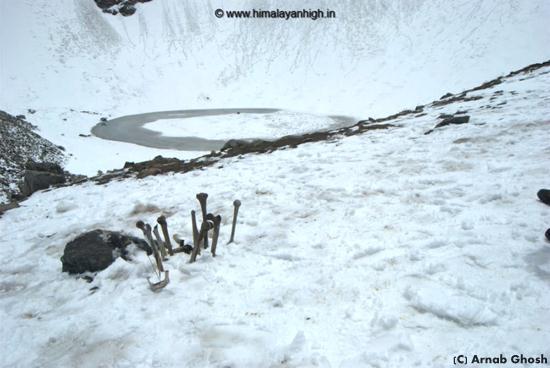
But before we could even savor our victory, we had to descend the other side of the pass to Sheela Samudra. The first part was nerve-wracking—a slippery, snow-covered slope demanding total focus. Lower down, the snow gave way to uneven patches of grass and bushes, which made the descent frustratingly slow. We’d soon discover the reason for it.
On the far side of Roopkund, the landscape—and the stories—changed completely. We were introduced to a fascinating little creature: the Keeda Jari, or Yarsa Gumba. Known as the Himalayan Viagra, it’s prized in Chinese medicine and fetches anywhere from ₹50 to ₹150 per piece, depending on demand from across the border. During the harvesting season, entire villages empty out as people scour the slopes for these tiny treasures. The grasses beyond Roopkund were all flattened and bent from villagers crawling around searching for Keeda Jari.
It was hilarious to watch—even our guides and porters couldn’t resist scanning the ground wherever they sat. They’d chat with us, but their eyes never stopped scanning the grass. And before standing up, they’d always check under their own seats for hidden Keeda Jari!
Dilip Singh, our cook and part-time guide, was the funniest of all. He’d sit chatting, eyes sweeping the ground. Then, out of nowhere, he lifted himself slightly, peered underneath—and shouted with joy: “Mil gaya! Mujhe bhi mil gaya!” (“I got one! I found one too!”). His grin was priceless.
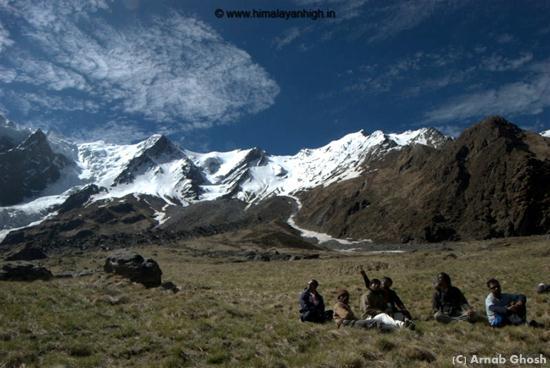
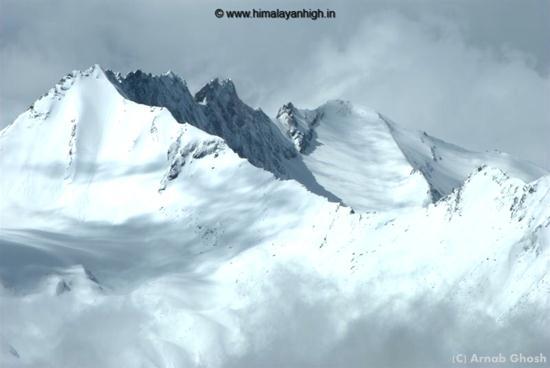
We wisely took a rest day. We’d covered 32 kilometers in three days, climbed from 2,100 meters to 5,150 meters, and dropped back to around 4,000 meters—all while carrying rucksacks weighing at least 14 kilos each. Sheela Samudra offered the perfect place to acclimatize. We spent the day lounging near the glacier, listening to its deep cracks and booms, watching avalanches tumble down icy slopes, and marveling at the mighty Nandaghunti and Trishul peaks. It was a day of pure peace and wonder.
But the very next day flipped everything upside down. We had to cross a glacier, then climb a steep, grassy slope while rain lashed us. Higher up, the rain turned to hail, then snow. Our destination wasn’t far—but the storm made progress painfully slow. There were no marked trails; we had to navigate over slippery boulders hidden beneath the snow. Even our porters lost their way and overshot Dodang. By the time we arrived, we were drenched, shivering, and exhausted. There was no dry wood to build a fire. That night, five of us squeezed into a three-person tent. Yet somehow, it felt like one of the best nights of my life.
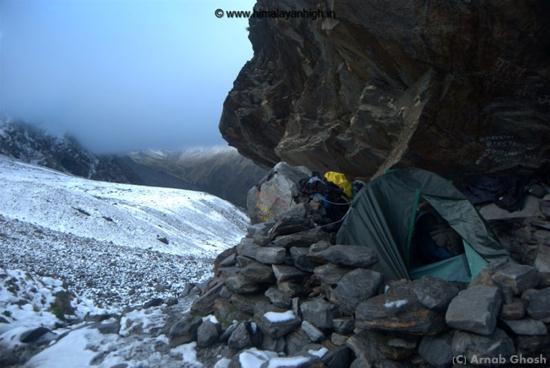
The next morning dawned clear and bright. Fresh snow sparkled all around us. The view was breathtaking. Looking back on the trail we’d survived, I felt deeply satisfied. We decided to skip Ronti Saddle due to the weather but still made it up to Homkund, walking along a broken ridge. Compared to the previous day, it was an easy and beautiful hike.
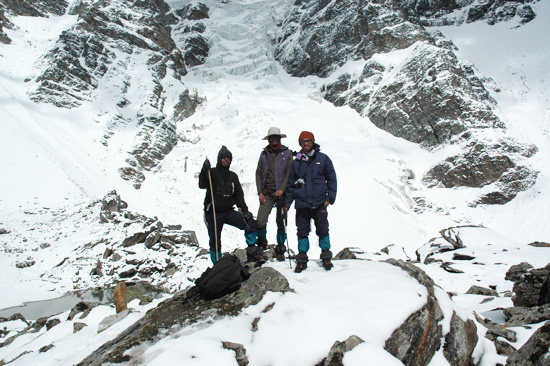
The trek down held its own adventures. We descended through Chandaniya Ghat in heavy rain and camped under an overhanging rock at Latakhopri. Reaching Sutol felt impossible—but when we finally arrived, we went a bit wild. We devoured every egg in the village’s only shop. Even the vegetarians gave in. We even tried to buy an entire sheep—but the villagers refused, as all the men were off searching for Keeda Jari, and the women didn’t want to negotiate without them!
One night, I roasted potatoes by the fire—only for our cook to sneakily eat them all without telling me! But he redeemed himself by collecting wild herbs along the way, which I ended up cooking with eggs. It was delicious.
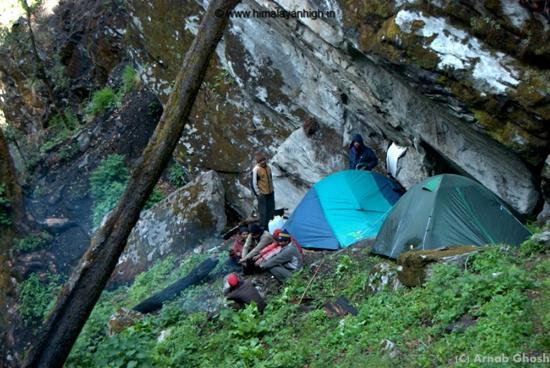
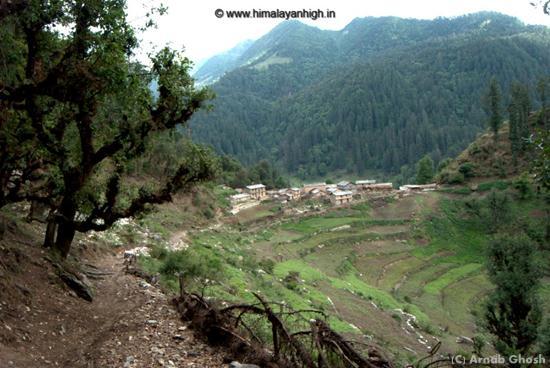
On our final day, we trekked down to Sitel. By the time we reached Ghat, all we could think about was a proper meal. We bought chicken and had it cooked in a local hotel. It was unforgettable. In Haridwar, we devoured every delicious thing our eyes landed on—and, of course, treated ourselves at Dada Boudir Hotel for proper Bengali food. At Delhi airport, we couldn’t resist grabbing a KFC bucket. And then came the saddest moment: saying goodbye and boarding my flight back to Chennai.
The Roopkund – Ronti Saddle trek was my first Himalayan adventure. And what an adventure it was. Life has never been the same since!